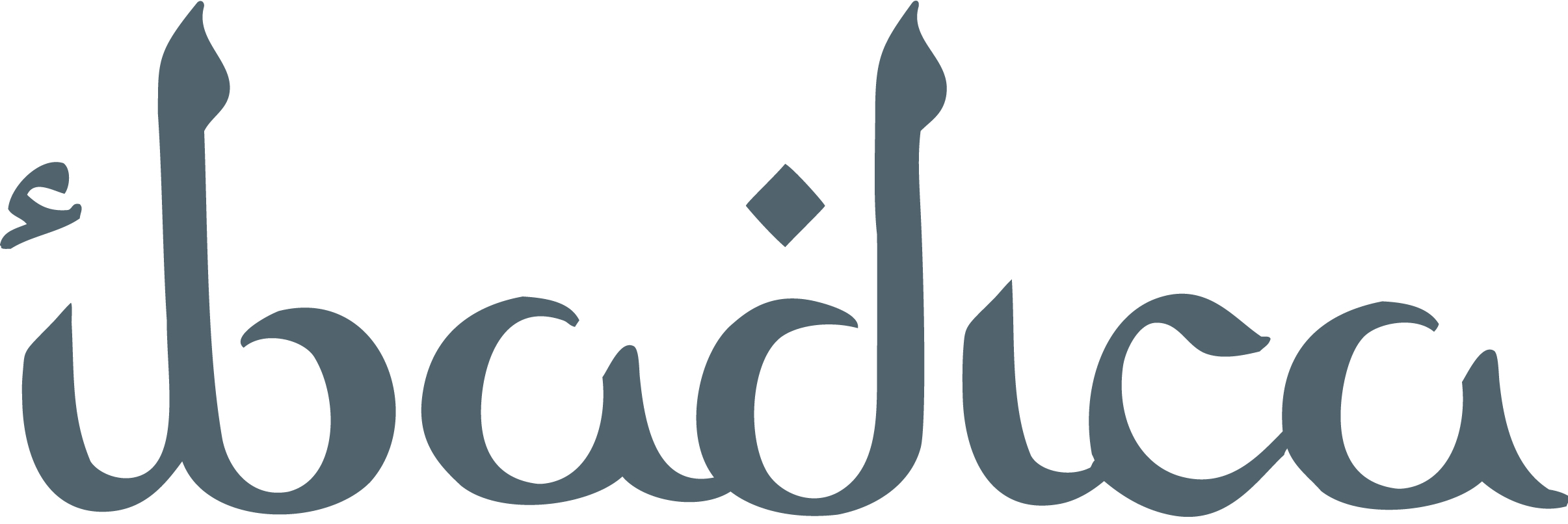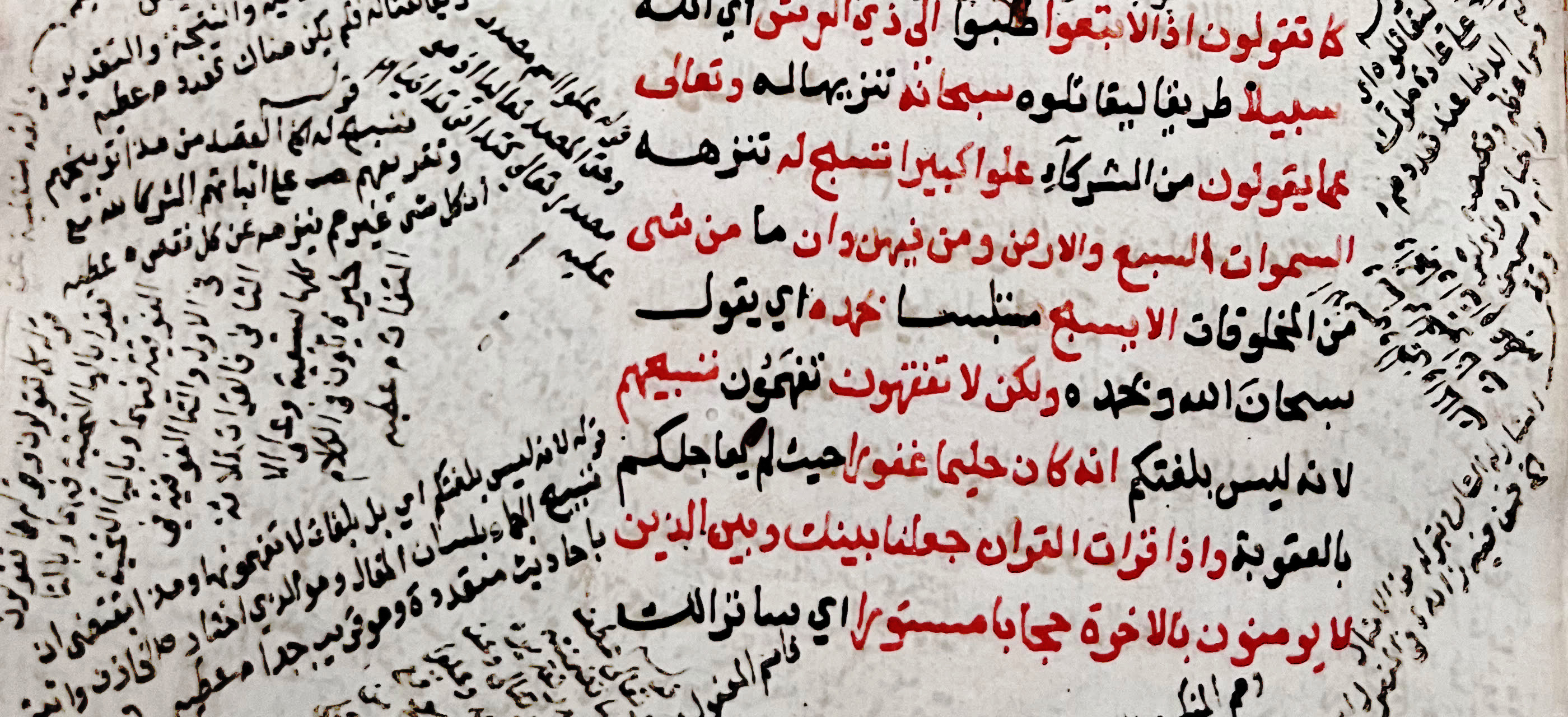Spatial variation of summer microphytoplankton and zooplankton communities related to environmental parameters in the coastal area of Djerba Island (Tunisia, Eastern Mediterranean)
Contenu
- Titre
- Spatial variation of summer microphytoplankton and zooplankton communities related to environmental parameters in the coastal area of Djerba Island (Tunisia, Eastern Mediterranean)
- Auteur
- Rekik, Amira
- Guermazi, Wassim
- Kmiha-Megdiche, Salma
- Sellami, Ikbel
- Pagano, Marc
- Ayadi, Habib
- Elloumi, Jannet
- Date
- 2023
- Résumé
- In the present study, we investigated the effects of pollution and anthropization on the summer distribution of phyto-zooplanktoncommunities in relation to environmental factors in the coastal zone of DjerbaIsland. On the basis of chemical factors, theDjerba coasts can be divided into two parts: the Western Area (WA), characterized by high values of nitrogen forms of nutrients,with higher N/P ratio, and the Eastern Area (EA), poorer in inorganic nitrogen with an N/P ratio lower than the Redfield ratio (16).Strong differences in terms of plankton communities were also observed between these two areas. Bacillariophyceae was the most important microphytoplankton group in the WA whereas the proportion of Cyanobacteria was higher in the EA. High Cyanobacteria abundance in the EA may be linked to high DIP concentration. In the WA, the Bacillariophyceae Chaetoceros, Coscinodiscus, Grammatophora, Navicula and Pinnularia reached high abundance in relation with their good adaptability to adverse conditions. Copepods were the most abundant zooplankton present in the WA (54–100% of total zooplankton abundance), whereas other zooplankton were always dominant (60–90%) in the EA. The small pollution-tolerant Calanoid copepod Paracalanus parvus was dominant in the WA, illustrating its affinity for highly eutrophic sites. Despite human pressure and industrial activities, the coastal waters of Djerba showed a wide diversity of microphytoplankton and zooplankton.
- Langue
- eng
- volume
- 24
- numéro
- 1
- pages
- 156-172
- doi
- 10.12681/mms.30650
- issn
- 1791-6763
- Droits
- Copyright (c) 2023 Mediterranean Marine Science
Position : 18658 (27 vues)

